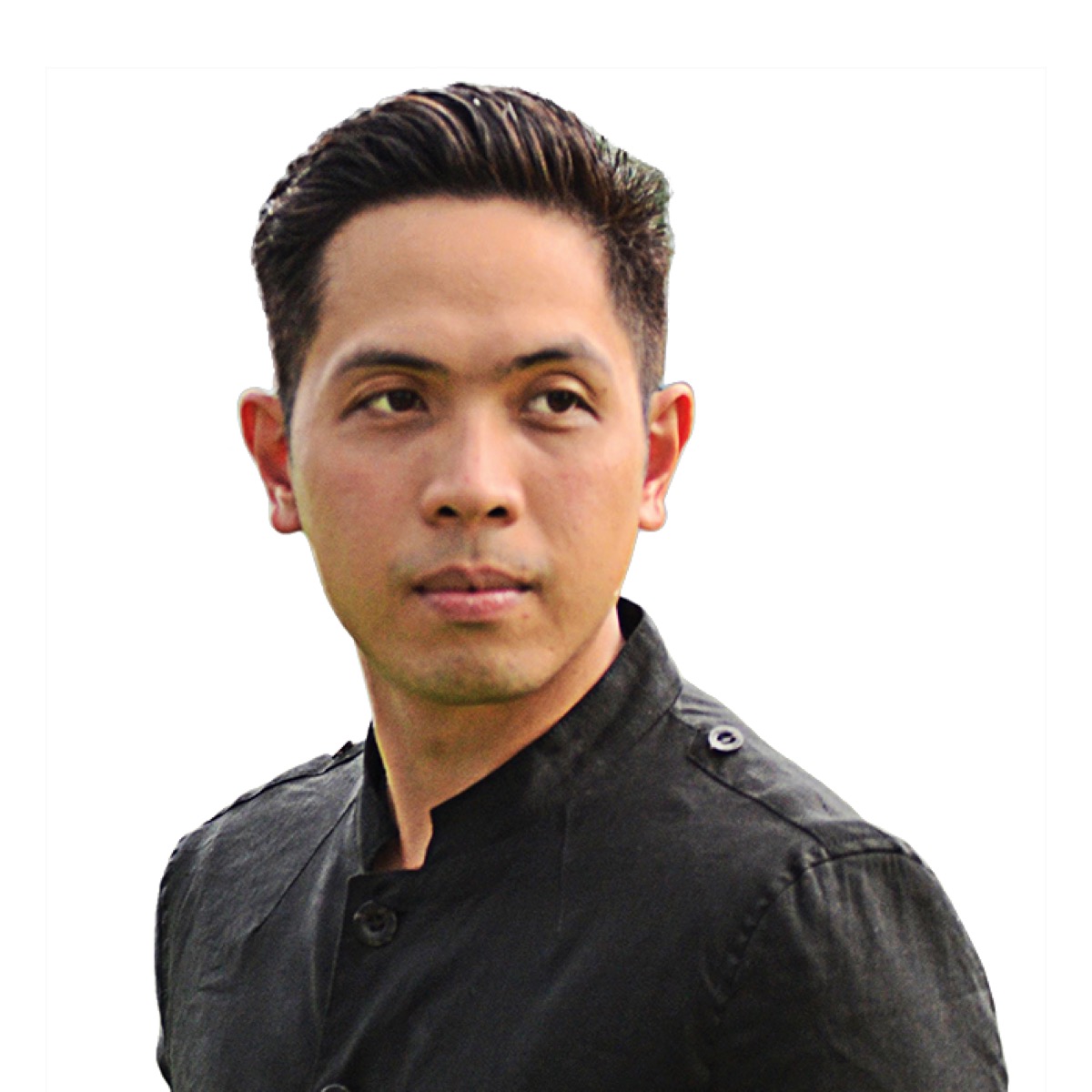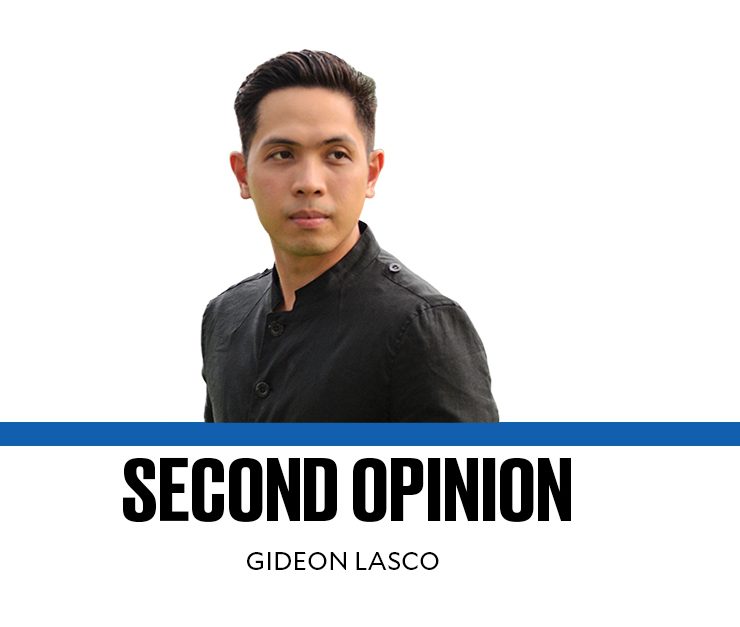Testaments to the violence

Recently, I had the opportunity to engage (and grapple with) two works about Rodrigo Duterte’s drug war. The first, “Aswang” (2019), is the documentary film by Alyx Ayn Arumpac which won the Famas Best Picture award in 2020—the first-ever documentary to win the honor—alongside the Gawad Urian grand prize and other national and international recognitions.
The second was Patricia Evangelista’s “Some People Need Killing” (Random House, 2023), published recently to high critical acclaim, including being named by The New York Times as one of the best books of the year.
“Aswang” takes us right back to the height of the “Oplan Tokhang” and the depths of Metro Manila, not through the optics and soundbites of the president who made the bloody campaign the centerpiece of his platform, but through the eyes and voices of people most affected by the real violence of the war—as well as the structural violence that culminated in it.
I came to the film screening, held at Harvard Kennedy School and organized by the Carr Center for Human Rights Policy, as a discussant alongside the journalist and Nieman fellow Jaemark Tordecilla, and Arumpac herself. And yet, even though I knew the subject quite well—having been researching drug issues since 2011—I struggled emotionally as the film brought to life some of the darkest moments of the drug war, from the killing of Kian delos Santos to the discovery of the secret jail cell.
As the film follows the precarious lives of people like Jomari, the 9-year old boy who described Delos Santos as his “best friend and kuya,” what shocked me was not just the violence itself—including how it degrades the humanity of victims, perpetrators, and spectators alike—but how quickly I have forgotten the rawness and pain of those moments. The intervening years—including the pandemic—have interfered with our memories, but so many perpetrators of the extrajudicial killings are still at large, and Duterte himself is a free man even as justice may yet knock on his door.
Yet the drug war goes beyond the violence just as the violence goes beyond the drug war. At the background of “Aswang” are the ways in which the urban poor in our country are exploited in the totality of their lives and deaths, as sources of cheap labor, as sources of votes, as consumers themselves, as targets for extortion, rape, murder-for-profit. All of these manifestations of structural violence are reproduced throughout generations and set the conditions for a local moral world in which police are seen as the enemy and the poor are seen, and see themselves, as different: “Maliit na tao lang kami.”
What Arumpac does in film, Evangelista achieves in prose, in a way that is no less gruesome and gripping, and with characters—Love-Love, Ivy, and Djastin with a D—no less real. Meticulously researched and carefully written, her book—complete with conversations with police officers and confessions from the killers themselves—can very well be submitted directly to the International Criminal Court and all the judges need to do is read the book to arrive at the clear verdict.
Beyond the thoroughness of the reportage, Evangelista’s gift as a writer shines as much as her grit as a journalist; she is not a third person reporting facts with professed objectivity, but a first person, feeling, grieving, fearing, hoping against hope, struggling, as we all (must) do, with her positionality as a person of relative privilege amid such suffering. In doing so, she embodies (and expands) the journalistic tradition not so much of Maria Ressa, but of Sheila Coronel.
The place of drugs in Philippine society is an important context to both works, because it informs people’s support not just for Duterte’s drug war, but for punitive laws like Republic Act No. 9165 that enable the police violence and essentially criminalize the conditions of poverty. In the scene in “Aswang” where two individuals are using “shabu,” one of them explains that they are doing it “Not to do harm, but to work, to help our families.” The works of Leonardo Estacio (2009), my own research (Lasco 2014, 2018), as well as various studies across the region support this claim. Indeed, although our image of people who use drugs is that of the dangerous “adik,” it is often people’s harsh socioeconomic conditions that engender the use of drugs, which means that we need laws that support, not punish them.
Instead, however, politicians have been happy to incite people’s fear of the “adik,” from Ferdinand Marcos Sr. who dramatically executed the drug lord Lim Seng the same week that he put his dictatorial government up for plebiscite, to Gloria Macapagal Arroyo whose own anti-drug campaign, in June 2003, was characterized by vigilante killings, complete with gunmen riding-in-tandem and cardboard posters on victims’ dead bodies—as contemporaneous news articles attest to. Evangelista ends her book with the provocative claim that “We are Duterte,” which I take as an urgent call to reflect on our complicity not just in the drug war but in this long history of violence, as well as the fictiveness of the values and morals we claim to uphold.
Can we exorcise the idea that some people need to die so that others may live?
glasco@inquirer.com.ph
Gideon Lasco, physician, medical anthropologist, and columnist, writes about health, medicine, culture, society, and in the Philippines.

















